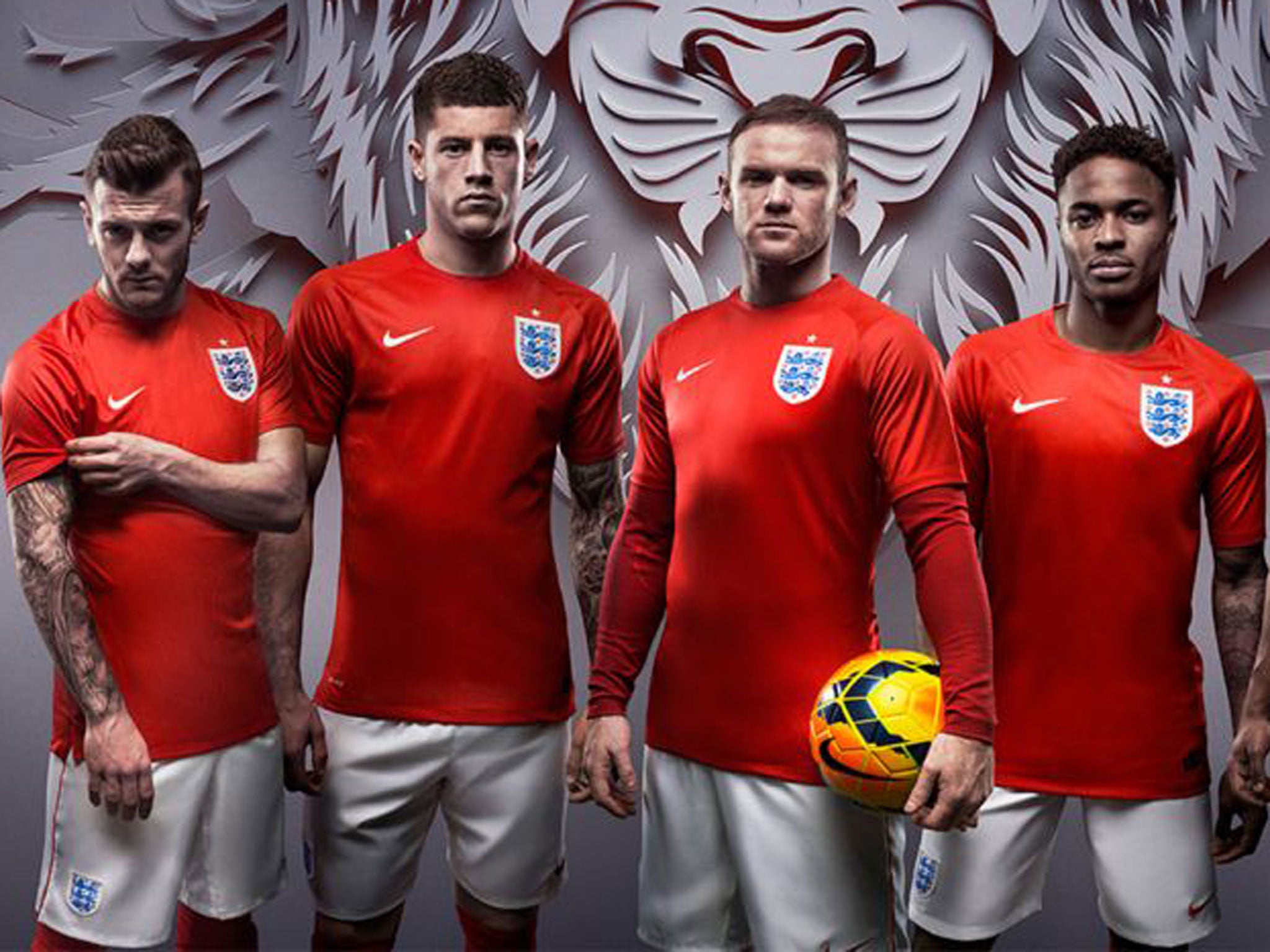World Cup 2014: Get your kit on in style
Even the rarefied world of style has caught World Cup fever this summer. Rebecca Gonsalves looks at fashion’s new-found love for the beautiful game

Fashion and football are odd bedfellows: most players of the beautiful game seem to acquire a distinctly unfashionable love for ostentatious displays of wealth when they sign their first megabucks contract.
While soccer stars may be spending serious money on high-end clothes, they are generally of the logo-laden, blinged-up variety. You’re more likely to see a player in a shiny suit and questionable sunglasses than anything more avant-garde or experimental.
Please note: although Cristiano Ronaldo appears on the cover of Spanish Vogue’s June issue, shot by Mario Testino, he’s sporting nothing bar his birthday suit. “Instead of dressing, undressing was better,” said the shoot’s stylist, Carlyne Cerf de Dudzeele. Maybe she was avoiding a soccer star-style scenario?
It’s understandable that such a traditionally macho environment doesn’t foster a love of fashion beyond more old-fashioned signifiers of wealth. “I think some England players have a good go at dressing well off the pitch, but on the whole it’s quite hard, as their access points are very different to our access points for style,” says Sam Cotton, one half of design duo Agi & Sam, whose love of football inspired their collection for Topman last June.
“I would love to be a footballer’s stylist. I’m not even sure if they have one usually, but they have access to all these incredible clothes I can’t afford, and could look absolutely incredible.
“It’s such a cliché, but Beckham is without doubt the most important and recognised style icon of this generation,” adds Cotton. “More recently, it’s quite hard to say the same about modern footballers, though; Beckham was such a rarity to be as experimental as he is.” Beckham may now be collaborating with brands such as H&M and Belstaff, but his attempts to experiment with personal style haven’t all been well-received.
The sarong incident of 1998 still lives on in the memory – and Google’s image search banks – for many. Although he may have experienced more misses than hits over the years, Beckham was still the player who launched 1,000 haircuts when he experimented with curtains, mohawks and skinhead styles over the years. The fact that hair, or the lack thereof, is so important is proof that self-expression and indeed vanity are not alien concepts to many players.
World Cup 2014: England arrive in Brazil
Show all 13Even those who don’t give two hoots for football will have been unable to escape the lead-up to the World Cup unscathed, thanks to the marketing power of the sport. As such, there have been adverts for all sorts of tenuously linked products – either given a yellow and blue makeover in homage to host country Brazil, or St George’s cross-embellished items such as Asda’s wearable flag, which drew uncomfortable comparisons to a Ku Klux Klan hood. Meanwhile, more fashion-conscious takes from the likes of Yohji Yamamoto and yoox.com are proof that few – even in the highest echelons of fashion – are immune to football fever.
It doesn’t take a cynic to see that football and those associated with the sport are chosen as fashion figureheads to help boost sales – after all, these young men are saddled with the hopes and dreams of their supporters, who are ready to buy into the feeling of community so readily provided by marketeers. As such, kit design tends not only to reflect the style of the era but also to incorporate emblems designed to tug on heartstrings – and, just as importantly, purse strings.
Over the years, collars have come and gone – the round-necked long-sleeve red jerseys of the winning 1966 England squad entered the annals of sporting history and are often referenced in some way, too – and the length of shorts has varied from the comically long to a brevity that borders on obscene.
These are design decisions that reflect the styles of the era – short-shorts scream Seventies – but, importantly, incorporate the constantly evolving technology of the sport, too.
The kit for 2014 is no exception. Produced for the first time by Nike, it pays subtle homage to the armour of St George and a single star represents England’s success in 1966. For Agi Mdumulla, the modern-day kit harks back to a golden era of the sport: “My favourite kit designs were from the mid-Eighties. I liked how minimal they were, really focused on colour-blocking and minimal fuss. It’s an era that seems to be moving into football again. It was quite a romantic time for the sport.”
The 2014 kit may be minimal in design and weighted with nostalgia, but only time will tell if it’s in winning style
Subscribe to Independent Premium to bookmark this article
Want to bookmark your favourite articles and stories to read or reference later? Start your Independent Premium subscription today.

Join our commenting forum
Join thought-provoking conversations, follow other Independent readers and see their replies